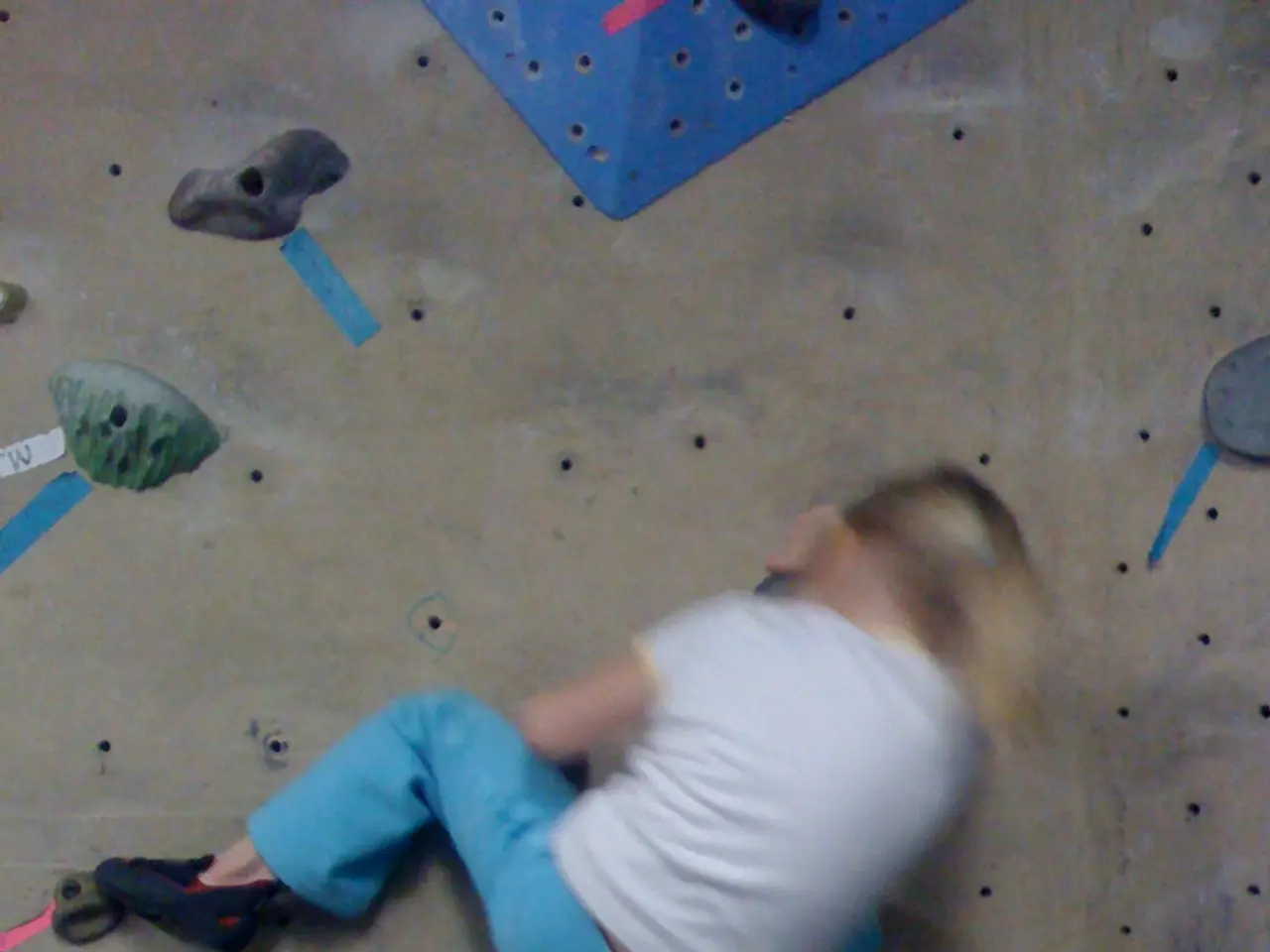Enhanced Locomotion in a Boy Resulting From Therapy and Brain Stimulation
A child with Angelman syndrome, a rare neurogenetic disorder, has experienced significant gains in walking ability and other areas after undergoing a unique intervention. The study, titled "Improvement in Gait and Participation in a Child with Angelman Syndrome after Translingual Neurostimulation Associated with Goal-Oriented Therapy: A Case Report," was published in the journal Children.
Prior to the intervention, the child, now aged 5, exhibited severe difficulties in sleeping, intellectual and behavioral abnormalities, and met the criteria for autism spectrum disorder. The child also displayed unusual repetitive behaviors, hyperactivity, and had no capacity for speech, with nonverbal communication skills being very limited. Furthermore, the child was entirely dependent on caregivers for daily activities and had shown marked delays in motor development, not being able to walk independently until age 5.
The child's gait was jerky, with an atypical forward lean and large arm movements. However, after a four-week intervention that combined goal-oriented physical therapy and electrical stimulation of the brain via a device placed on the tongue, the child showed signs of great pleasure in walking independently. Standardized walking assessments conducted before and after the intervention, as well as six months later, showed marked improvements in numerous gait-related parameters.
The average length of the child's steps nearly doubled (from 0.45 to 0.74 meters), and his average walking speed increased from 0.47 to 0.78 m/s. The child was able to walk 1 to 2 km (about a mile), including on different surfaces, and arm swing was spontaneous. Being able to stand upright longer made it easier for him to get dressed.
In addition to the physical improvements, the child's communication also showed progress. He was able to consistently nod to answer "yes" or "no" questions and suddenly attributed single syllables to around 10 specific objects and people.
The child had been seizure-free since age 5 with a combination of anti-seizure medications (clonazepam and sodium valproate). The intervention did not cause any discomfort during or after the stimulation sessions.
The research group responsible for this intervention is the "Institute of Movement Science and Function." This case report provides promising evidence for the potential benefits of combining goal-oriented physical therapy with translingual neurostimulation (TLNS) in improving the quality of life for children with Angelman syndrome.
Read also:
- Eight strategies for promoting restful slumber in individuals with hypertrophic cardiomyopathy
- Exploring the Strength of Minimally Digestible Diets: A Roadmap to Gastrointestinal Healing
- Secondhand Smoke: Understanding its Nature, Impact on Health, and Additional Facts
- Overseeing and addressing seizure-induced high blood pressure complications in pregnancy, known as eclampsia






